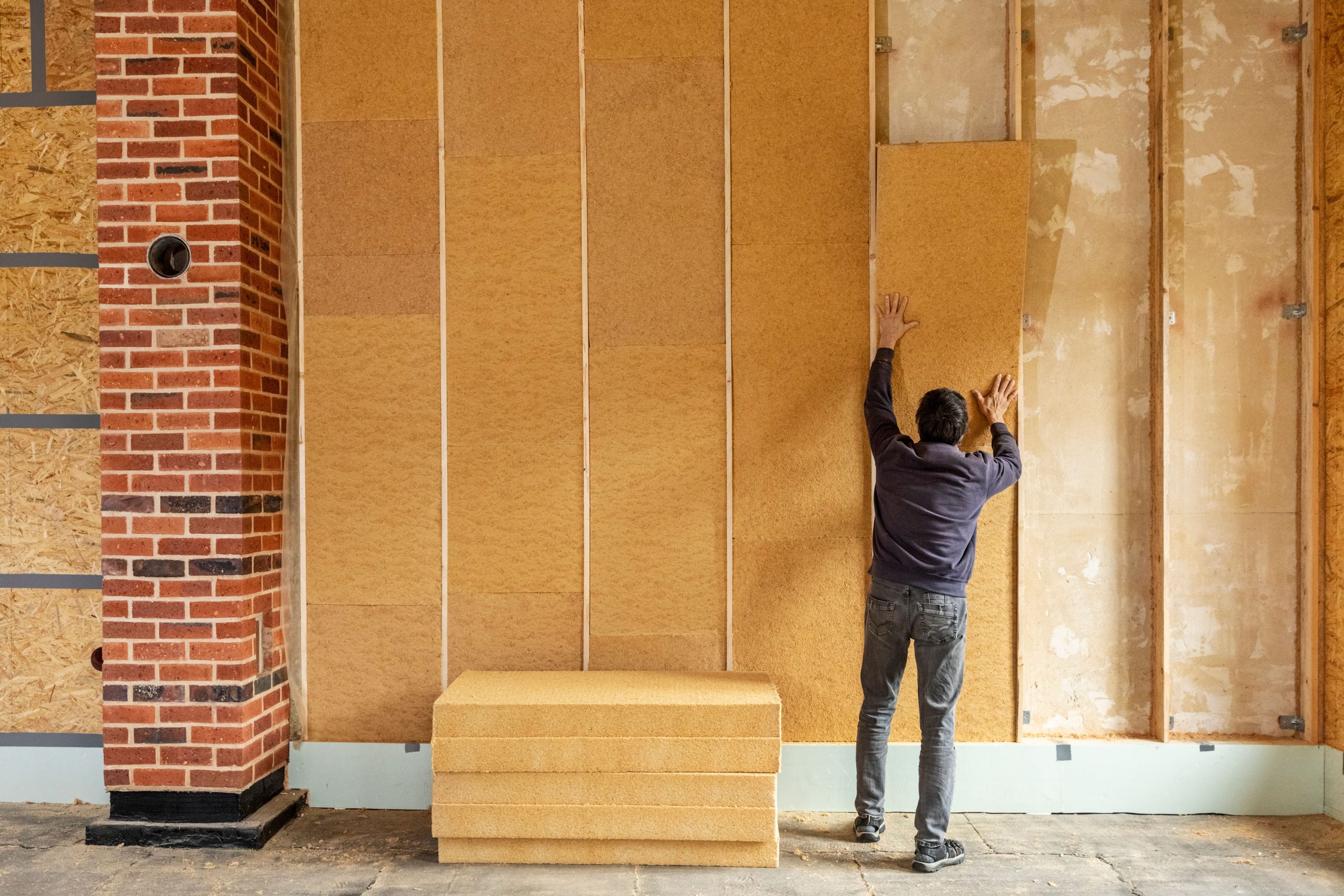How is a Retrofitting Project Using Technology to Boost Energy Efficiency?

A project to retrofit a three-bedroom semi-detached home in Leigh-on-Sea with energy and water-saving measures has been unveiled. How is technology being used to transform the house to become more sustainable?
Work started on the house and garden in Juniper Road in March 2023 to renovate and install the latest energy and water-saving technology, making it environmentally sustainable and cost-effective.
The project will be able to provide crucial data
Cllr Meg Davidson, Cabinet Member for Environment explained that upgrading the home with sustainable technology has provided many benefits: “This unassuming three-bedroom family home has been transformed and equipped with a number of water efficiency, energy-saving, and energy-efficient devices, that utilise the latest technology and harness all the knowledge we currently have about how to retrofit houses and gardens and making them more efficient.
“While there may be retrofit projects taking place across the country, very few are tackling both house and garden at the same time, which according to the figures of the Energy Performance Certificate (EPC) this house should be one of the most sustainable in the UK.”
Continuing, the Cllr highlighted that the project will help to provide vital information: “As part of the FCRIP (Flood and Coastal Resilience Innovation Programme) Catchment to Coast project team’s involvement, there are weather and water monitors installed which will provide essential data, and show how rainfall for example, can be collected and turned into usable water using some of the garden’s water retention measures. Inside the house, smart devices capture and re-use greywater throughout the house.”
She added that it reflects how the council wants to leave a lasting legacy: “It’s a fantastic project to be a part of and I’m proud of all the council teams involved in developing it this far.”
It really proves Southend’s commitment to future-proofing homes and improving the water resilience against flood and drought.
Technologies have been implemented to amplify sustainability
Some of the measures in the house and garden include external wall insulation, loft insulation, new windows and doors, an air source heat pump, ventilation, solar panels, and smart home monitoring.
The water resilience work in the house and garden was carried out by the Catchment-to-Coast project team, which is one of 25 national schemes looking at improving resilience to drought, surface-water flooding, and coastal erosion, using nature-based solutions.
Paid for by funding via the FCRIP (Flood and Coastal Resilience Innovation Programme) which is run by DEFRA (Department for Environment, Food and Rural Affairs), there were many interventions installed by service provider Eurovia.
The first was greywater reuse (HydraLoop), a dedicated equipment that captures greywater from the shower, washing machine, and sinks. It then treats and re-uses the water for toilet flushing, washing machines, and landscape irrigation.
Following this was smart water butt. With this, the tank not only captures rainwater from part of the roof but also connects to the Hydraloop to capture any excess water from the house. This tank replaces the outside mains tap that has been removed from the property.
Natural aquifer blocks (hydrorocks) have been placed under paved areas around the house to improve flood resilience. Blocks have also been placed in rain gardens to not only collect and store rainwater but also for plants to use to remove the need for watering.
In addition, surface water is being redirected from the highway during rainfall, into the verge rain garden. The water is stored, treated, and re-used by the plants in the verge rain garden, meaning rainwater is kept out of the surface water drains so assisting with flood resilience
Finally, a climate-resilient garden has been created. The garden has been designed to be colourful plus low maintenance with low watering needs. Most of the plants in the garden have been chosen because they are pollinator-friendly and encourage the health and population of pollinator insects.
Cllr David Garston, Cabinet Member for Housing and Planning, expressed how important the retrofitting project has been: “Visiting the house for the launch, it’s very impressive to see all these features. And I’m pleased that the next phase of the project is to retrofit 110 of the most in-need council-owned homes in Southend, working with South Essex Homes and tenants to make sure their homes are energy and water-efficient.”
Projects like this one are essential in reflecting how retrofitting our current housing stock could provide huge benefits to local communities and amplify sustainability.

